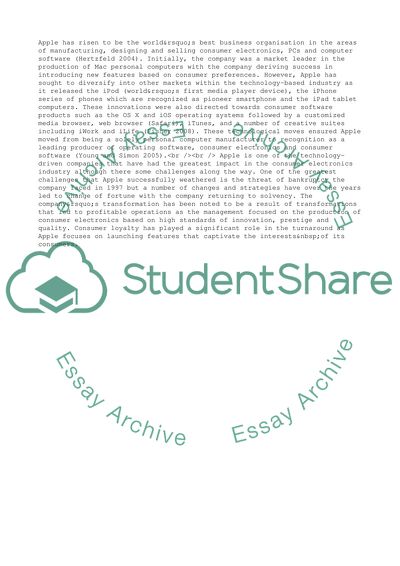Cite this document
(Leadership, Strategy and Change for Apple Company Case Study, n.d.)
Leadership, Strategy and Change for Apple Company Case Study. Retrieved from https://studentshare.org/management/1671068-leadershipstrategychange
Leadership, Strategy and Change for Apple Company Case Study. Retrieved from https://studentshare.org/management/1671068-leadershipstrategychange
(Leadership, Strategy and Change for Apple Company Case Study)
Leadership, Strategy and Change for Apple Company Case Study. https://studentshare.org/management/1671068-leadershipstrategychange.
Leadership, Strategy and Change for Apple Company Case Study. https://studentshare.org/management/1671068-leadershipstrategychange.
“Leadership, Strategy and Change for Apple Company Case Study”, n.d. https://studentshare.org/management/1671068-leadershipstrategychange.


